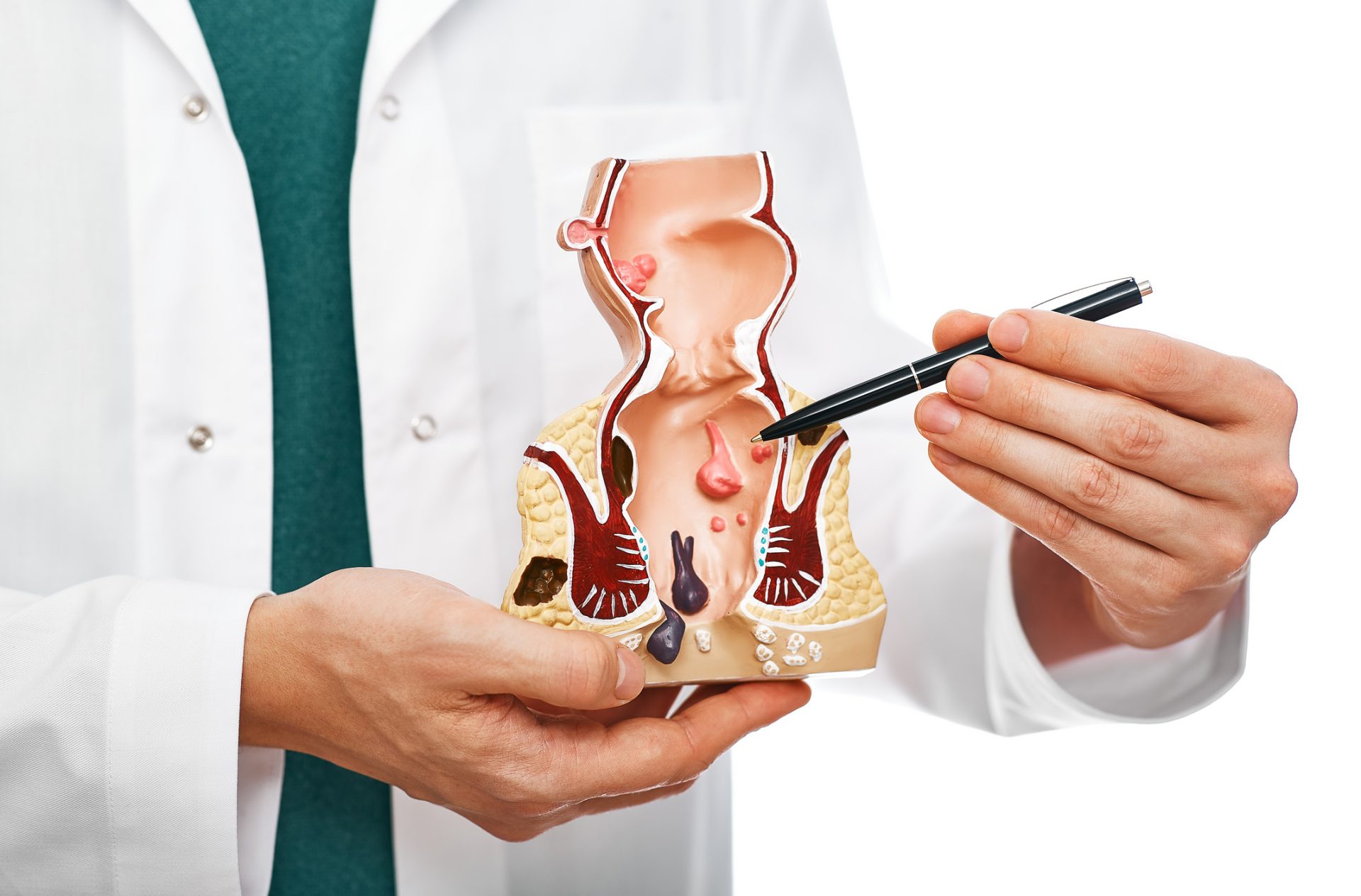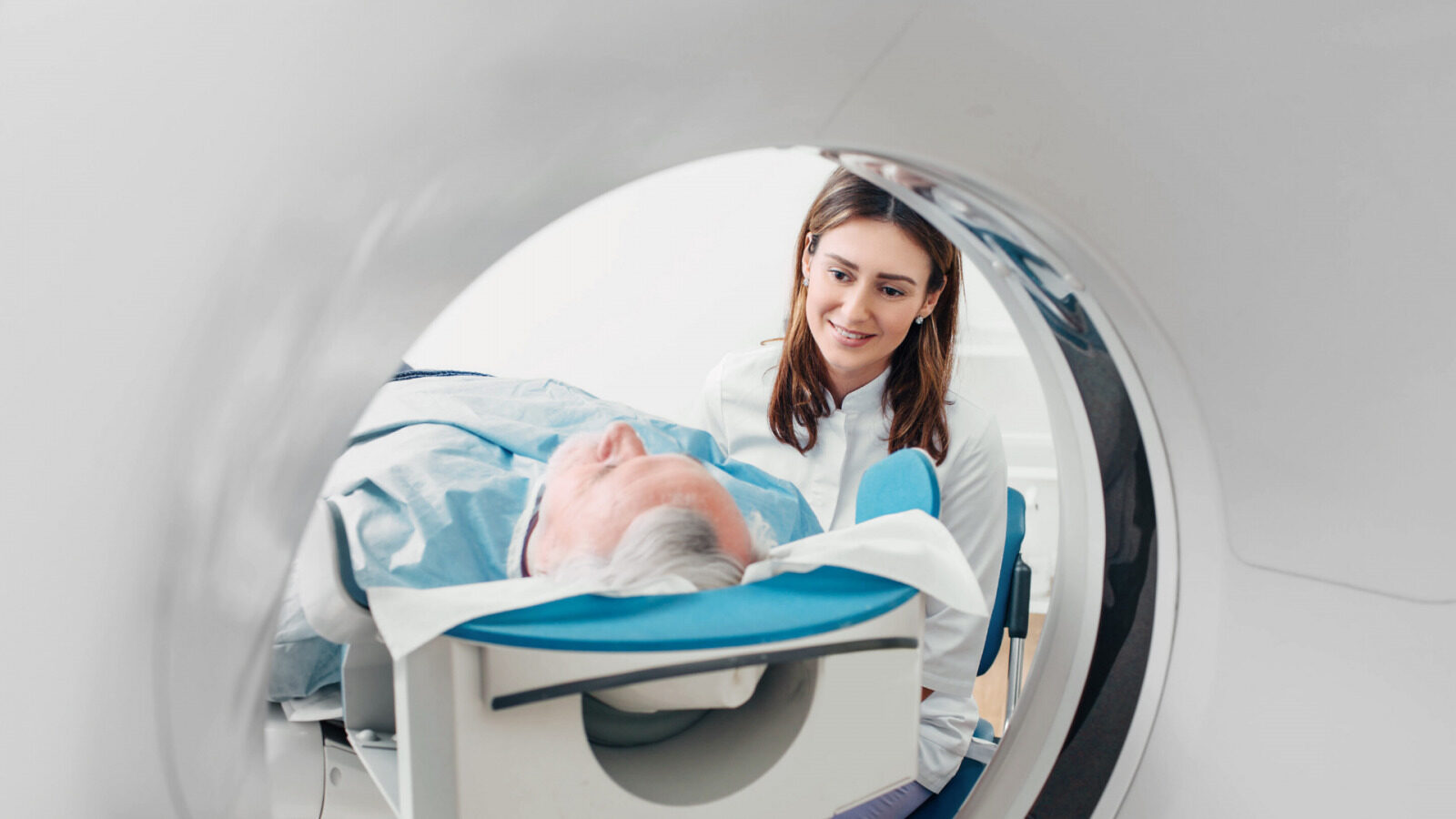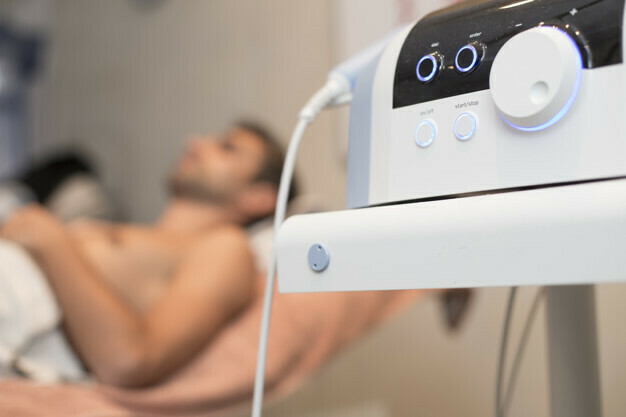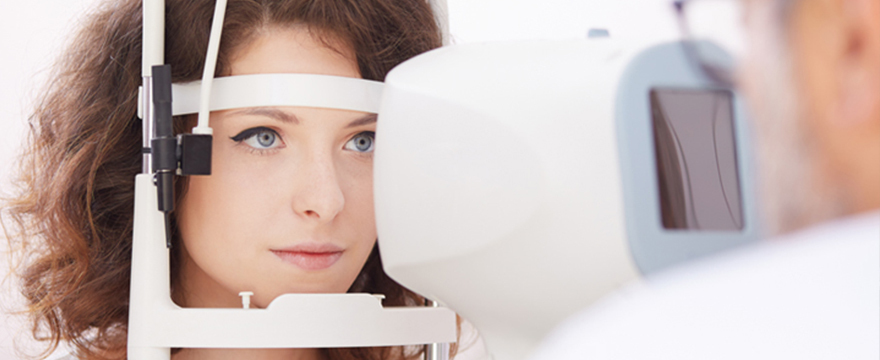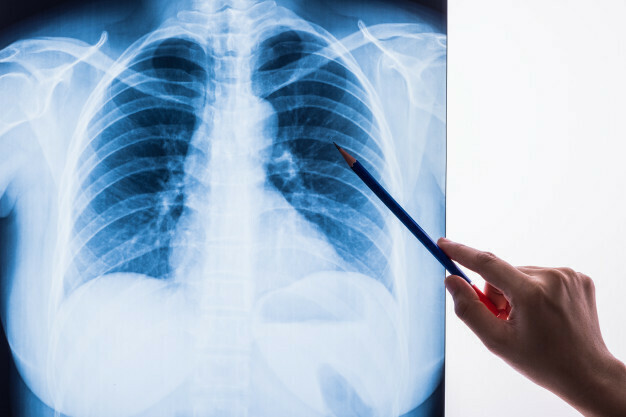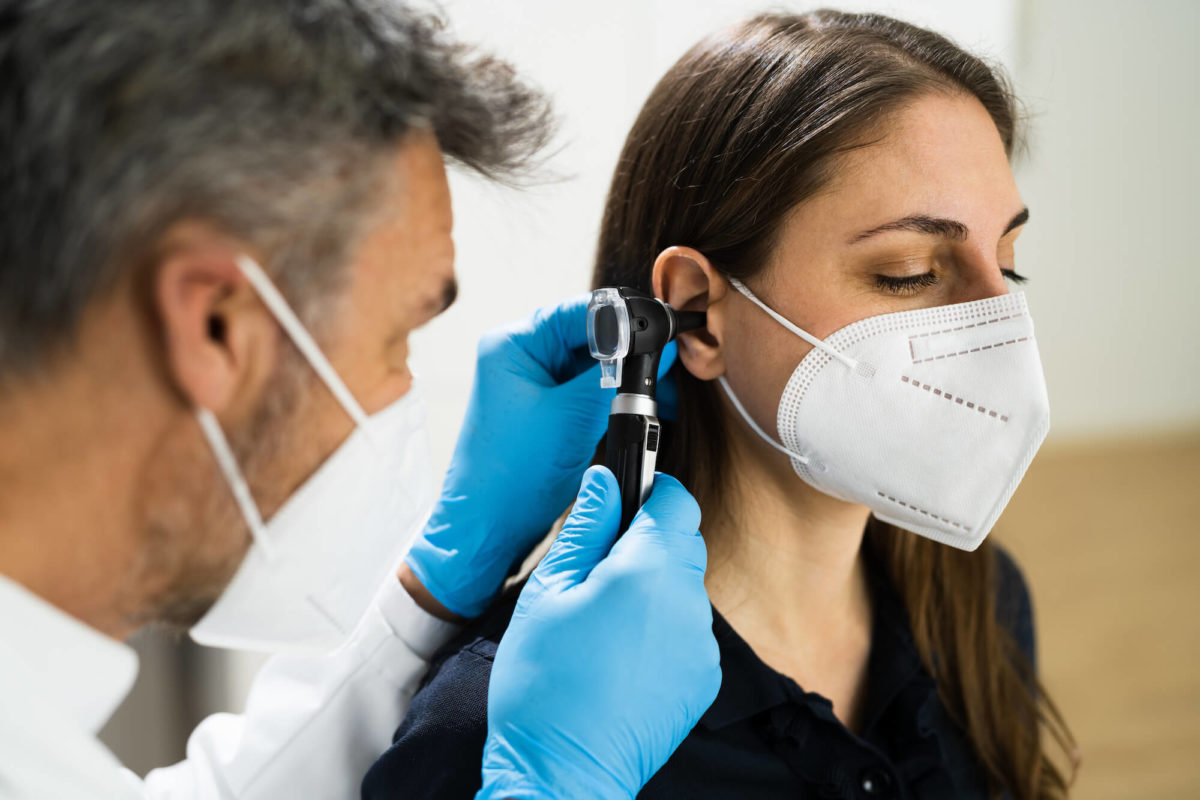
An otolaryngologist is a doctor who specializes in diagnosing and treating ear, nose, and throat diseases. This specialist is often referred to as an ENT doctor, a term derived from the Latin words “laryngo-” (larynx), “oto-” (ear), and “rhino-” (nose).
Ear, throat, and nose conditions frequently interact and can affect each other. For example, an ear condition might require nose treatment, so it’s crucial to identify all the causes and provide appropriate treatment. Whether the pain is related to the ears, throat, or nose, an otolaryngologist can offer professional assistance and treatment.
Riga 1st Hospital offers otolaryngologist consultations
At Riga 1st Hospital, otolaryngologists treat both adults and children. Treatment can involve medications and minor procedures performed in the doctor’s office, or surgeries carried out in the hospital. Modern technologies, including the CARL ZEISS microscope, are used during procedures.
The otolaryngology department at Riga 1st Hospital offers the following services:
- Removal of foreign bodies (from the nose, ears, throat)
- Earwax cleaning or removal from the auditory canal
- Preventative cleaning of operated ears
- Opening of boils (furuncles) in the nose or ears
- Opening of peritonsillar abscesses in the throat
- Lavage of palatine tonsil crypts
- Taking swabs from the throat for microbiological culture and sensitivity testing
- Administration of medication into the larynx
- Hearing tests (audiometry)
- Tympanometry (middle ear function test)
- Nasal sinus lavage with vacuum suction or puncture
- Postoperative nasal sinus lavage
- Stopping nasal bleeding with medication
- Primary wound care
Unpleasant throat pain – what are the causes?
Throat pain can be quite uncomfortable and can arise from various causes. It is often related to inflammation of the throat lining or problems with the palatine tonsils. The most common cause of acute throat pain is a viral infection that leads to acute pharyngitis.
However, there are other causes of throat pain, such as:
- Gastroesophageal reflux disease (when stomach contents and acid reach the esophagus and airways)
- Trauma
- Inflammation or infection in the nasal cavity and sinuses
- Allergies
- Thermal or chemical burns
- Foreign bodies
- Nerve inflammation (neuralgia)
- Medical interventions (after tonsillectomy, intubation, radiation, and chemotherapy)
When should you consult an otolaryngologist?
- If you cannot drink liquids for more than 12-24 hours despite taking appropriate painkillers
- If the pain persists or does not decrease after 5-7 days
- If one side of the throat is significantly more painful, there is swelling, or difficulty turning or moving the head
- If breathing becomes difficult
IMPORTANT: If breathing becomes difficult, consult a doctor immediately.
Ear pain in children and adults
Ear pain can be intense and disruptive, often described as sharp, stabbing, or pressing in one or both ears, with varying intensity. Ear pain can occur for various reasons. In children, it’s usually associated with upper respiratory tract illnesses, such as inflammation in the outer ear canal or middle ear. In adults, the causes can be more diverse.
An otolaryngologist can help in all cases of ear pain, but it’s important to seek help in a timely manner, as untreated ear conditions can lead to permanent hearing loss and spread infections throughout the body.
If your child shows signs of ear pain, pay close attention to the symptoms. Often in these cases, the child cries intensely, is difficult to soothe, frequently touches or pulls at their ears, refuses to let anyone touch their ears, has a fever, or experiences ear discharge and hearing impairment.
Causes and signs of ear pain:
- Outer ear inflammation – pain worsens when pressing the ear, the ear is red, warm, and swollen, with potential fever and hearing loss
- Middle ear inflammation – sharp, pressing pain, especially at night, fever, hearing loss, and ear discharge
- A perforated eardrum – caused by trauma from sharp objects or prolonged middle ear infection
- Sudden changes in atmospheric pressure (mountain climbing, flights)
- Foreign bodies in the ear canal – common in children, characterized by sudden ear pain and noises (especially if insects enter the outer ear canal)
- Noise
- Sinusitis
- Cold – nasal congestion and sore throat after vigorous nose blowing
- Jaw joint inflammation – sharp pain during jaw movement and chewing
- Cervical spine issues – pain radiates from the neck to the ear, often accompanied by dizziness
IMPORTANT: It is recommended to seek an ENT doctor’s help for any ear pain, as untreated ear conditions can lead to permanent hearing loss and inflammation spreading to other parts of the body.
What to do if your nose is congested?
A blocked nose often causes discomfort and can be associated with viral infection or allergies. It can lead to breathing difficulties and other symptoms. If nasal congestion symptoms persist for more than a week or worsen, it’s important to consult a doctor—an otolaryngologist can definitely help.
A cold is most commonly caused by a viral infection, transmitted through airborne droplets or contact with contaminated surfaces. However, a blocked nose can also be caused by allergies. For example, if symptoms are seasonal, it might indicate a pollen allergy, while persistent symptoms may suggest a dust mite allergy. Allergic rhinitis is becoming increasingly common, related to environmental pollution and work conditions. In such cases, it’s helpful to consult an allergist and undergo blood tests and skin tests.
Common symptoms of nasal congestion:
- Difficulty breathing through the nose
- Clear, mucous nasal discharge
- Slight fever (not higher than 37.5°C)
- Headaches
- Pressure in the face, between the eyes
- Fatigue
Enlarged adenoids in children
If a child has difficulty breathing through their nose, persistent nasal congestion, snores while sleeping, or constantly has their mouth open, it may indicate enlarged adenoids.
Adenoids are lymphatic tissues located at the back of the throat, in the nasopharynx (where the throat meets the nose). This condition is most common in children starting at the age of two or three. In such cases, the otolaryngologist may suggest waiting without specific treatment—letting the child grow out of it. Adenoids may naturally shrink, especially during the summer when there are fewer viruses causing respiratory infections. By the time a child reaches school age, the adenoids often shrink on their own.
“The ears are closely linked to the nose and the canal connecting the middle ear and throat (the Eustachian tube). Therefore, to prevent ear pain (especially important in children), the nose must be clean. Sometimes, there is no choice but to treat a simple cold to address ear pain. However, this should only be done after consulting a doctor. Additionally, young children should be checked for adenoids.”
Other related services
